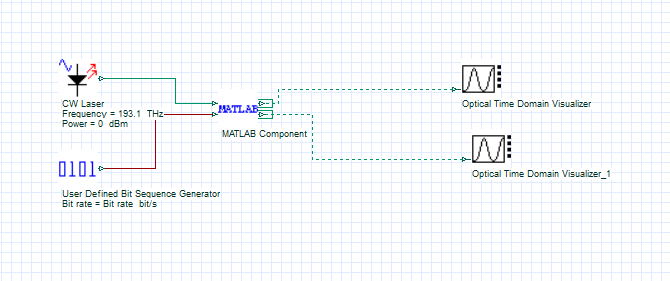

Light emitting diodes (LEDs) are used in Li-Fi as visible light transmitters, therefore, only intensity modulated direct detected modulation techniques can be achieved. Li-Fi is the fully networked solution for multiple users that combines communication and illumination simultaneously. N2 - Abstract:Modulation techniques for light fidelity (Li-Fi) are reviewed in this paper. This paper surveys the suitable modulation techniques for Li-Fi including those which explore time, frequency and colour domains.", Flickering avoidance and dimming control are considered in the variant modulation techniques presented. Li-Fi modulation techniques need to also satisfy illumination requirements. In particular, orthogonal frequency division multiplexing (OFDM) based modulation techniques offer a practical solution for Li-Fi, especially when direct current (DC) wander, and adaptive bit and power loading techniques are considered. On the other hand, multicarrier modulation techniques offer a viable solution for Li-Fi in terms of power, spectral and computational efficiency. Single carrier modulation techniques are straightforward to be used in Li-Fi, however, computationally complex equalization processes are required in frequency selective Li-Fi channels. This paper surveys the suitable modulation techniques for Li-Fi including those which explore time, frequency and colour domains.Ībstract = "Abstract:Modulation techniques for light fidelity (Li-Fi) are reviewed in this paper. Modulation techniques for light fidelity (Li-Fi) are reviewed in this paper.


 0 kommentar(er)
0 kommentar(er)
